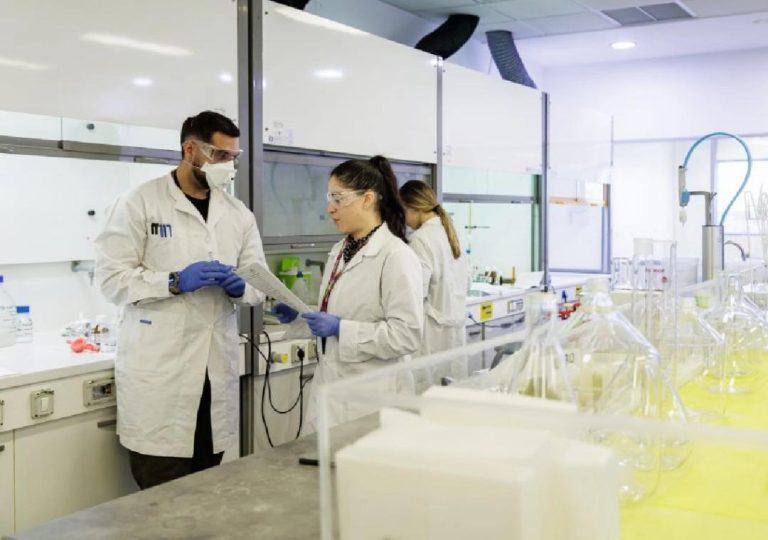
The Real Difference Between Organic and Inorganic Growth
As companies strive to expand their market share, increase revenue, and stay competitive, they often face a critical decision: whether to pursue organic or inorganic growth. While both approaches have their merits, they differ significantly in terms of speed, risk, control, and long-term sustainability. In this article, we will delve into the distinct characteristics of organic and inorganic growth, exploring the advantages and disadvantages of each, and discussing how a balanced approach can yield the most sustainable results.
Organic Growth: Building from Within
Organic growth refers to the internal development and expansion of a company, driven by its own capabilities, resources, and initiatives. This approach focuses on enhancing existing products, services, and processes, as well as investing in research and development, marketing, and talent acquisition. Organic growth allows companies to maintain control over their operations, culture, and brand identity, ensuring a cohesive and consistent customer experience.
The benefits of organic growth are numerous:
- Stability and Predictability: Organic growth is often more stable and predictable, as companies can rely on their existing infrastructure, expertise, and customer base.
- Cultural Alignment: Organic growth enables companies to preserve their cultural values, mission, and vision, ensuring that new initiatives and hires align with the organization’s overall strategy.
- Innovative Capacity: By investing in research and development, companies can foster innovation, improve their products and services, and stay ahead of the competition.
- Customer Loyalty: Organic growth allows companies to build strong, lasting relationships with their customers, who appreciate the consistent quality and service they receive.
However, organic growth can be slower and more resource-intensive, requiring significant investments in talent, technology, and infrastructure. Moreover, companies may face limitations in terms of their internal capabilities, expertise, and market reach.
Inorganic Growth: Acquiring External Assets
Inorganic growth, on the other hand, involves expanding a company’s operations through external means, such as mergers, acquisitions, partnerships, or joint ventures. This approach enables companies to rapidly access new markets, technologies, and talent, while minimizing the time and resources required to develop these capabilities internally.
The advantages of inorganic growth include:
- Speed and Agility: Inorganic growth allows companies to quickly respond to changing market conditions, capitalize on new opportunities, and stay competitive.
- Access to New Markets: Acquisitions and partnerships can provide companies with immediate access to new customer segments, geographic regions, or industries.
- Talent and Expertise: Inorganic growth enables companies to acquire specialized talent, expertise, and knowledge, enhancing their overall capabilities and competitiveness.
- Cost Savings: By leveraging the resources and infrastructure of acquired companies, firms can reduce costs, improve efficiency, and increase their economies of scale.
However, inorganic growth also carries significant risks, including:
- Integration Challenges: Merging different corporate cultures, systems, and processes can be complex, time-consuming, and costly.
- Cultural Misalignment: Acquired companies may have different values, mission, and vision, which can lead to conflicts and difficulties in integrating the two organizations.
- Financial Risks: Inorganic growth often involves significant upfront investments, which can strain a company’s financial resources and increase its debt burden.
A Balanced Approach: Combining Organic and Inorganic Growth
While both organic and inorganic growth have their strengths and weaknesses, a balanced approach can provide the most sustainable long-term results. By combining internal capability building with strategic acquisitions and partnerships, companies can:
- Leverage Internal Strengths: Focus on organic growth to develop core competencies, enhance existing products and services, and build strong customer relationships.
- Address External Weaknesses: Use inorganic growth to fill gaps in the company’s portfolio, access new markets, and acquire specialized talent and expertise.
- Mitigate Risks: Balance the risks associated with inorganic growth by carefully evaluating potential acquisitions, integrating them effectively, and maintaining a strong corporate culture.
- Adapt to Market Conditions: Continuously monitor market trends, customer needs, and competitor activity, adjusting the growth strategy to optimize results.
In conclusion, the choice between organic and inorganic growth depends on a company’s specific goals, resources, and market conditions. While organic growth provides stability, cultural alignment, and innovative capacity, inorganic growth offers speed, access to new markets, and talent. By adopting a balanced approach, companies can harness the benefits of both strategies, minimizing risks and maximizing long-term sustainability.
Source:
https://www.growthjockey.com/blogs/understand-the-thin-line-between-organic-and-inorganic-growth






